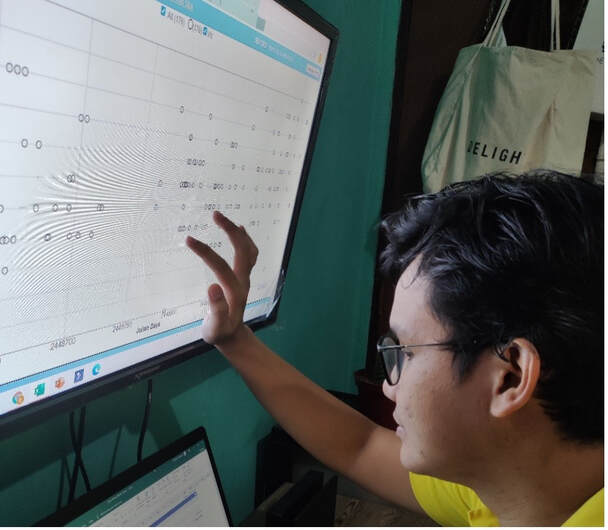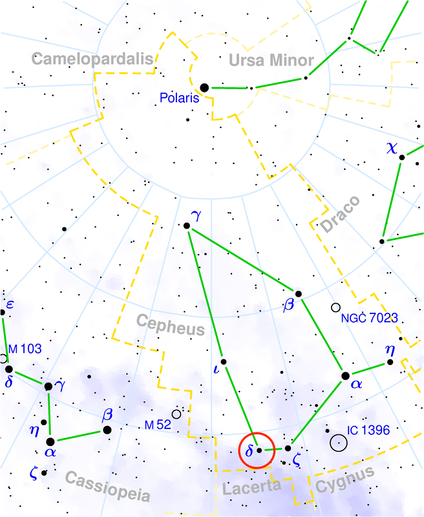How can you transform the light of a star into music? To turn the data into sound I used a sonification technique that was developed by Cristian Droppelmann & Ronald Mennickent, in 2018. Rather than transforming the data as carried out by the Fourier Transform and XSonify programs, the Droppelmann and Mennickent formula translates the data into musical notes by calculating the normalized magnitude from the actual magnitude of the star, and the normalized time from the Julian dates of the observation. This can be done using MS Excel because the formula is simple and very easy to code. These normalized values have equivalent musical notes and musical rhythm, respectively, based on a table that they also created. Once translated into musical notes and rhythm, a digital audio workstation (DAW) is used to generate the audio. This audio of the light curve can then be interpreted into a musical piece. Therefore, using this method, we can generate two audios: one is the actual audio of the light curve where there is a corresponding 1:1 ratio of magnitude to musical note, and the other is a 1:1 ratio of Julian dates to musical rhythm. Most of the time, although these musical notes follow a specific key signature and family chords, there are some notes that deviate, meaning, it seems to be out of tune. That is why we also arrange it into a beautiful musical piece. The observed star – Delta Cephei, part of the constellation Cepheus The star used for the audio is called Delta Cephei (abbreviated to Del Cep), located approximately 887 light-years away. It is a Type II Cepheid – a variable star type with a period of pulsation between 1 and 50 days. Delta Cephei itself has a period of pulsation of around 5 days, with a visual magnitude that changes within the range of 3.5 to 4.4. It is one of the stars in the Cepheus constellation, as seen in the constellation image below. The Stellar Music You can check out my stellar music by listening to the two audio files below: 1) Del Cep 2448606.58 to 2448636 - the actual audio of the light curve - not arranged and follows the 1:1 ratio 2) The Joy of Cephei - the arranged audio - this is the musical piece, arranged, and some notes were manipulated for aesthetic purposes. Just remember - the sound that you hear is not from the interior of the star, rather, it is the sound that the light curve creates using the Droppelmann and Mennickent 2018 equations. I hope you enjoy the stellar music… This blog is promoted and supported by the:
Comments are closed.
|
Welcometo the InnovaSpace Knowledge Station Categories
All
|
UK Office: 88 Tideslea Path, London, SE280LZ
Privacy Policy I Terms & Conditions
© 2024 InnovaSpace, All Rights Reserved




 RSS Feed
RSS Feed